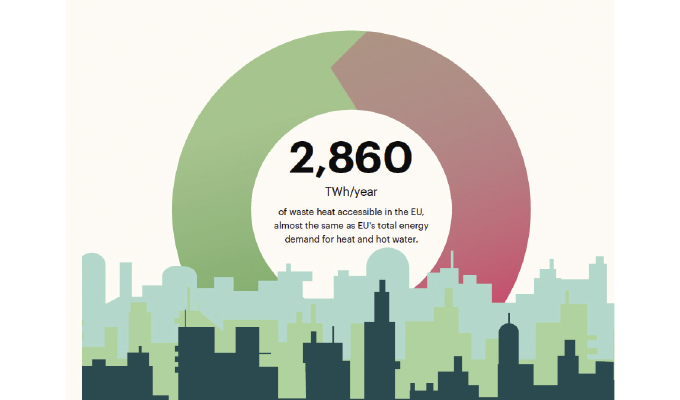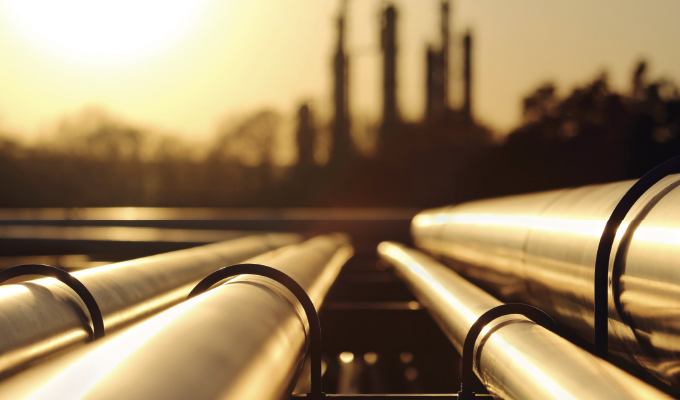Among experts there is increasing consensus that spiking energy prices are likely to linger on for the next few years, at least. While the energy crisis escalated because of the devasting war on European soil, the consequences are felt globally. Across the globe, high inflation has sadly pushed families into economic distress, forced factories to curtail production, and slowed economic growth to the point that several countries are now facing a recession. In Europe, where gas supply is vulnerable because of reliance on Russia, gas rationing and significant risk of blackouts might be the result of power supply shortage and grid instability.
What have been the political responses to the energy crisis? Overall, most attention politically has been devoted to supply side measures. In an unexpected positive development, the global energy crisis has triggered unprecedented momentum behind the build-out of renewables. The world is now set to add as much renewable power in the next five years as it did in the past 20 feet. This is indeed encouraging and necessary.
But since the build-out of renewables is not a short-term fix, one of the main components in the political response to the crisis has been for governments to increase imports of LNG. This is not a long-term solution since competition to attract LNG will be stronger as Chinese economic activity is likely to pick up again. In addition, most emergency fiscal measures have focused on subsidies, such as income support to households. In contrast, measures to reduce energy demand structurally, such as investment incentives or regulations to push for higher efficiency, are almost absent in current crisis policies (Germany being one of the few uplifting exceptions to this).
Despite skyrocketing energy prices and unprecedented uncertainty on energy supply, we are far from the average efficiency improvement of 4 percent per annum that is necessary if we are to reach Net Zero emissions. Structural efficiency measures, including regulation to reuse excess heat, are almost absent in the political responses to the crisis. This is the case despite the fact that efficiency measures constitute the fastest and most cost-effective tool to mitigate the energy crisis.
Most remarkably, only very few initiatives have pushed for more efficient use of the vast amounts of wasted energy in the form of excess heat.
As we will see, every time an engine runs, it generates heat. Industries, wastewater facilities, data centers, supermarkets, metro stations, and commercial buildings all generate large amounts of heat that is currently let out in the air with no efforts to reuse it.
WHAT IS EXCESS HEAT?
Excess heat, also called surplus heat or waste heat, can be reused through existing and well-proven technologies, most notably heat pumps. Heat pumps are electrically powered devices able to transport heat from one place to another. They can, for example, harness heat from the exhaust fumes of a factory or the heated water from the cooling systems in data centers and circulate it in the heating system of nearby homes.
Reusing excess heat will lower costs for consumers. It is much cheaper to reuse energy than it is to buy or produce it. On a societal level, excess heat can replace significant amounts of electricity or gas that are otherwise needed to produce heat. This way, excess heat can help stabilize the future electricity grid. Paraphrasing Amory Lovins, using high value energy carriers like gas or electricity for heating is like “using a chainsaw to cut butter,” as heating can easily be covered by low-value heating sources such as excess heat. Adding to this, in the future energy system, new excess heat sources such as power to X facilities will emerge and grow in number—generating large amounts of excess heat that can be utilized on large scale.
Compared to a conventionally decarbonized scenario, a full implementation of technologies that tap into synergies between different sectors and enable a utilization of excess heat has the potential to save tens of billions of dollars per year once fully implemented (in 2050). These savings result from large fuel savings leveraged by interconnecting the heating and cooling sector with other parts of the energy system and more flexibility resulting in the better integration of renewable electricity sources in the wider system.
In short, ramping up the use of excess heat will lower overall energy demand, give a productivity boost to the economy, and ease the transition to a green energy system.

WASTING HEAT MEANS WASTING MONEY
Imagine you passed through a building and the floor is full of one-dollar notes. Would you keep walking and go about your day? Surely most people would make a small effort to bend down and collect the money. When it comes to excess heat, this is not happening: We are metaphorically letting the money flow as we make no efforts to reuse excess heat in our buildings and industries.
Every time an engine runs, it generates heat. Anyone who has felt the warmth behind their fridge can confirm this. The same is true on a larger scale in supermarkets. Keeping food fresh in cooling displays and freezers generates significant amounts of excess heat. A similar process goes for the cooling of the thousands of data centers that are popping up around the world. This excess heat is currently released into the air without any effort to reuse it. Let us take a closer look at this hidden resource of energy.
In general, there is a lack of overall information on the excess heat potential of different areas. However, we do know that currently very little of the existing excess heat both from conventional and unconventional sources is recovered and used in large-scale applications. Some of the best data on overall excess heat sources is made by experts at the University of Aalborg and Halmstad University and covers excess heat from a number of sources in the European Union.
EXCESS HEAT BY THE NUMBERS
If nothing else is mentioned, the following estimates are so-called “accessible excess heat,” which means that the numbers consider the practical utilization potentials of the available excess heat. In that sense, the numbers are conservative because they only consider sources located within a few miles of urban district heating areas. As we will see, there are ways to exploit excess heat that do not rely on such networks, for instance on-site heat recovery. In addition, it should be noted that excess heat comes in different temperatures. At higher temperatures, it can often be exploited directly, whereas at lower temperatures, it can be boosted by a heat pump. Therefore, the actual utilization of excess heat potentials also relies to some degree on electricity used by technologies such as heat pumps.
When looking at specific cities and regional areas, the numbers are found by using the planning tool, “The European Waste Heat Map.” This tool displays excess heat in the European Union countries and the United Kingdom from both conventional industrial sources and unconventional sources such as metro stations, food production facilities, food retail stores and wastewater treatment plants. The numbers can be considered conservative since the tool displays neither residential and service sector buildings, nor data centers. Moreover, this tool also focuses on sources within a few miles of urban areas, therefore discarding remote locations. Plus, the expansive geographic range provides a corollary for possible approaches to harnessing excess heat within the United States.
Heating is one of the largest energy consumers. In Europe, heating accounts for over 50 percent of the annual final energy consumption, and most European heat is still generated using fossil fuel-based sources, almost half of which is natural gas. At the same time, all urban areas in Europe have access to numerous excess heat resources. There is about 2,860 TW hours per year of waste heat accessible in the European Union, much of which could be reused. To put this number into perspective it corresponds almost to the total EU energy demand for heat and hot water in residential and service sector buildings, which is approximately 3,180 TW hours per year in the European Union and United Kingdom.
In some countries, the excess heat potential matches the heat demand. In the Netherlands for instance, excess heat amounts to 156 TW hours per year, while the water and space heating demand is only 152 TW hours per year.
The picture is similar across the rest of the world. For instance, looking at the industrial sector in Northern China there is around 813 TW hours during heating season alone—imagine what the total amount of excess heat in all sectors in the whole of China then looks like!
A LOOK AHEAD
In the coming pieces of this series, we’ll explore how excess heat can accelerate decarbonization of the industrial sector. The industrial sector accounts for 39 percent of all global energy-related carbon emissions and is—with its current rate of energy efficiency improvements of 1 percent per annum—not on track to meet the milestones of the Net Zero scenario that would require improvements of 3 percent.
However, by the conclusion of this series, we will be able to layout specific example and policy recommendations that can take industry toward a more optimistic and sustainable future.
FOR MORE INFORMATION
Danfoss engineers solutions that increase machine productivity, reduce emissions, lower energy consumption, and enable electrification. Our solutions are used in such areas as refrigeration, air conditioning, heating, power conversion, motor control, industrial machinery, automotive, marine, and off- and on-highway equipment. We also provide solutions for renewable energy, such as solar and wind power, as well as district-energy infrastructure for cities. Our innovative engineering dates back to 1933. Danfoss is family-owned, employing more than 42,000 people, serving customers in more than 100 countries through a global footprint of ninety-five factories. For more information, visit www.danfoss.com.
MODERN PUMPING TODAY, May 2023
Did you enjoy this article?
Subscribe to the FREE Digital Edition of Modern Pumping Today Magazine!


